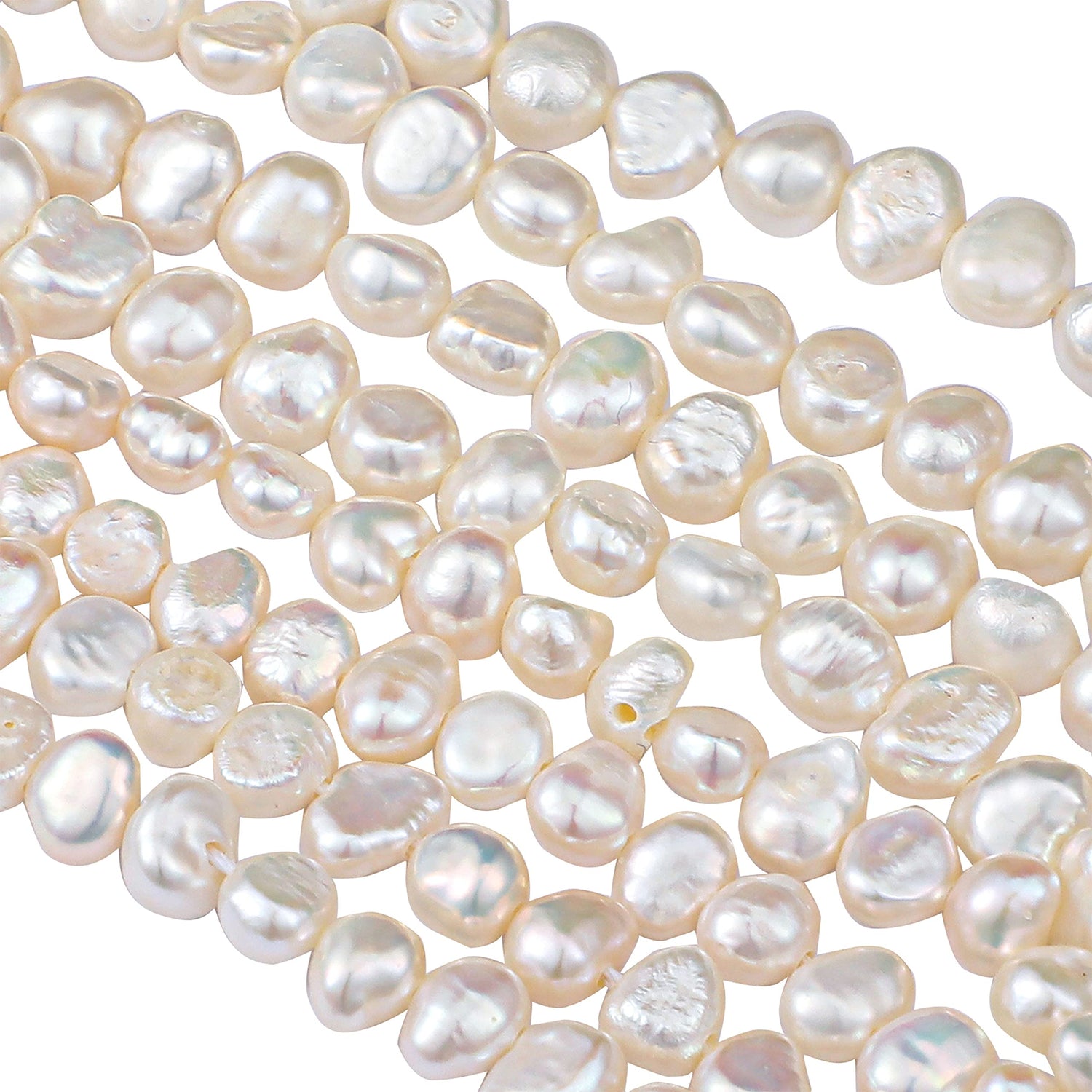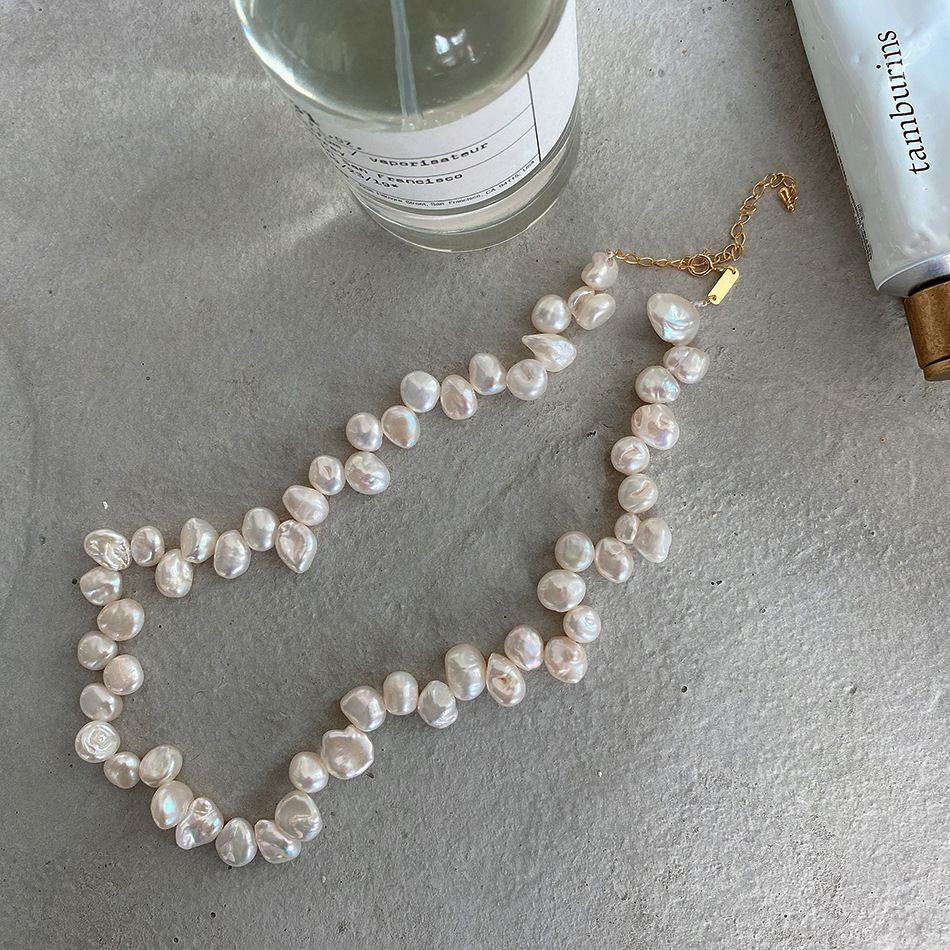At freshwater pearl farms, each mussel is surgically implanted with 24 to 32 tiny pieces of mantle tissue, a process known as nucleation. Once the tissue has been inserted, a sac forms and cells begin secreting nacre, forming a calcium-carbonate compound - a pearl. Over the course of 2 to 7 years, the mussels deposit layer upon layer of nacre around the growing gems, generally producing more than two dozen pearls clustered on the inside of each shell.

Freshwater pearls are produced by Hyriopsis cumingi (triangle shell) and Hyriopsis schlegeli (Biwa shell) commercially in China, and other bivalve mussels that live in lakes, riverbeds and creek bottoms in Japan (Biwa pearls and Lake Kasumigaura pearls), as well the United States (Mississippi River Basin). Although most freshwater pearl information lists several areas of the world as home to pearl-producing mussels, the global freshwater market is overwhelmingly dominated by Chinese pearl farms, which account for nearly all freshwater pearls sold today.

Because they offer a wider diversity of colors, shapes, and sizes than any other type of pearl, freshwater pearls are often used in fanciful designer jewelry. In addition to the traditional white body color, these pearls come in a rainbow of natural pastel colors such as lavender, pink, and every shade in between. Most freshwater pearl information notes their varied shapes, including potato-shaped and stick pearls, rice-shaped and button pearls, coin-shaped and drop pearls, off-round and round pearls.
Their sizes range from tiny seed pearls measuring 1 or 2 mm in diameter to 15 mm and larger.
